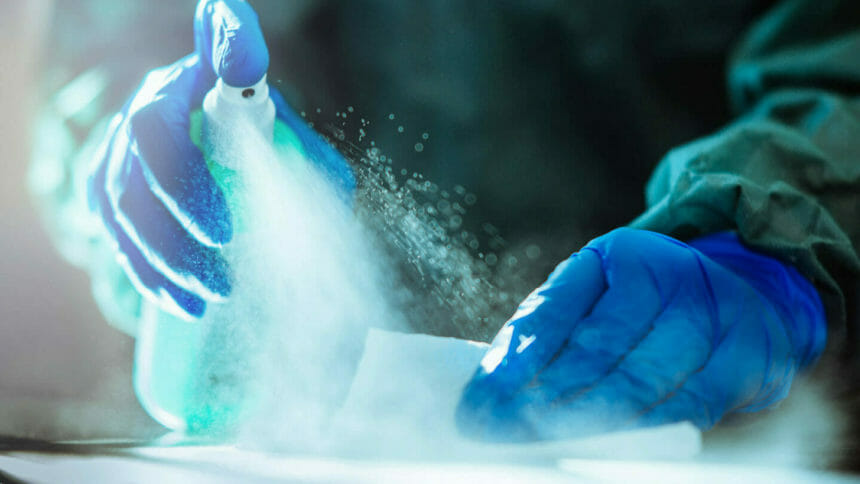
Attention, long-term care facilities: Routine disinfection wasn’t enough to keep surfaces in hospitals free from pathogenic — and potentially pathogenic — bacteria, according to a new study published Thursday in the American Journal of Infection Control.
Microbial contamination remained on high-touch hospital surfaces even when staff complied with cleaning protocols, the researchers found.
The team took samples from 400 surfaces at the Central Texas Veterans Healthcare System during June and July of 2022. Samples came from high-touch surfaces — those frequently touched — including breakroom tables, bed rails and computer keyboard. All of them had bacteria on them, and mannequins (called manikins for scientific and teaching purposes) and bed rails had the most diverse.
Investigators found a total of 60 different kinds of bacteria in the samples, with Enterococcus, Staphylococcus aureus, Streptococcus, Escherichia coli, and Klebsiella aerogenes as the most common ones. Some of the bacteria found have been linked to central-line associated bloodstream infections, meningitis, and endocarditis. About half of the bacteria found in the samples were also collected from patients in the hospital at that time as well.
“It is a continuing frustration to healthcare professionals that HAIs persist despite rigorous attention to disinfection practices,” Piyali Chatterjee, PhD, a team member at Central Texas Veterans Healthcare System and senior author of this paper, said in a statement.
“Our study clearly shows the bioburden associated with high-touch hospital surfaces — including simulation manikins, which are not typically regarded as a risk because patients rarely touch them — and indicates that we must do better in protecting the health of our patients and our hospital employees.”
“This study underscores the critical value of infection prevention and control efforts in our healthcare systems,” said Tania Bubb, PhD, RN, the current president of the Association for Professionals in Infection Control and Epidemiology. “By understanding the gaps in our current disinfection protocols, we can focus on developing more effective protocols and education strategies to prevent the spread of dangerous organisms and better protect patients and healthcare workers from hospital-acquired infections.”



